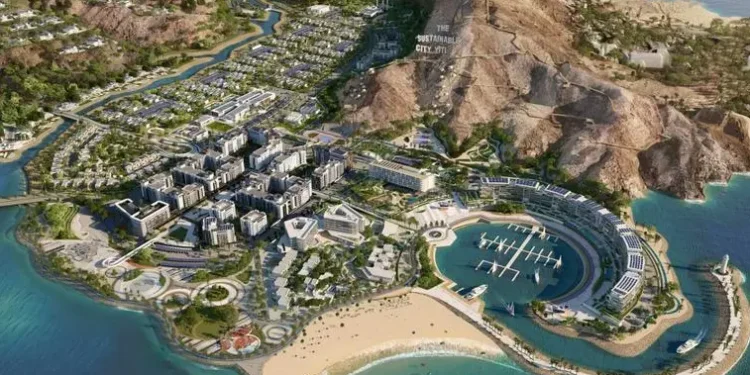Oman’s ambitious urban development agenda is taking shape, driven by a visionary blueprint presented by Dr. Khalfan bin Said al Shueili, Minister of Housing and Urban Planning. At the “Oman and the World” media briefing, the minister outlined transformative plans aimed at positioning Oman as a leading investment destination and a pioneer in sustainable urban living. Aligned with Oman Vision 2040, the strategy promises innovative urban designs and thriving communities.
A cornerstone of this plan is fostering collaboration between government entities, private investors, and stakeholders. Dr. Al Shueili emphasized the Ministry’s commitment to streamlining regulations and facilitating partnerships to empower investors and drive innovation in the real estate sector. “Our role is to create an environment where investors can thrive,” he noted.
At the forefront of this transformation is Sultan Haitham City, envisioned as Oman’s first integrated smart city. Designed with advanced planning, technology, and sustainability at its core, the city reflects Oman Vision 2040’s aspirations. An international tender for its development and technological infrastructure will soon be launched, signaling Oman’s intent to leverage global expertise.
“Our vision for Sultan Haitham City combines people-centered design with cutting-edge innovation,” Dr. Al Shueili stated.
Future urban projects will integrate smart technologies, including AI-driven infrastructure and digital services, ensuring connectivity, efficiency, and environmental sustainability. These initiatives aim to enhance daily life for residents and visitors while advancing Oman’s comprehensive digital transformation.
While embracing modernity, Oman remains committed to preserving its cultural and architectural heritage. Urban planning strategies prioritize community-centric designs with traditional elements like markets, mosques, and pedestrian-friendly streets. “Our cities will reflect our rich heritage while embracing the best of modern urban innovation,” Dr. Al Shueili affirmed.
The Oman Green Mountain (Al Jabal Al Akhdar) project stands out as a prime investment opportunity. Renowned for its moderate climate and stunning landscapes, it offers potential for tourism, housing, and real estate ventures. To attract Gulf and international investors, the Ministry has introduced new ownership opportunities.
“Al Jabal Al Akhdar represents a perfect harmony of nature and development,” the minister remarked.
Collaboration with regional partners is also central to Oman’s urban agenda. Egyptian companies, inspired by Oman’s robust infrastructure and favorable investment climate, are actively exploring opportunities in the Sultanate. Dr. Al Shueili highlighted the shared expertise between Oman and Egypt’s Ministry of Housing.
Infrastructure development is another key focus, with plans for the Muscat Metro and an expanded public transport network. These projects, driven by public-private partnerships, aim to enhance urban mobility and prepare for Oman’s projected population growth to 5-8 million within the next decade.
“Our infrastructure projects are designed to meet future needs, ensuring connectivity and sustainable growth,” Dr. Al Shueili stated.
Oman’s urban strategy reflects a bold approach to development, blending investment opportunities, cultural preservation, and technological innovation. By building smart, sustainable cities, Oman is positioning itself as a regional leader in urban advancement, paving the way for a legacy of progress and prosperity.























































